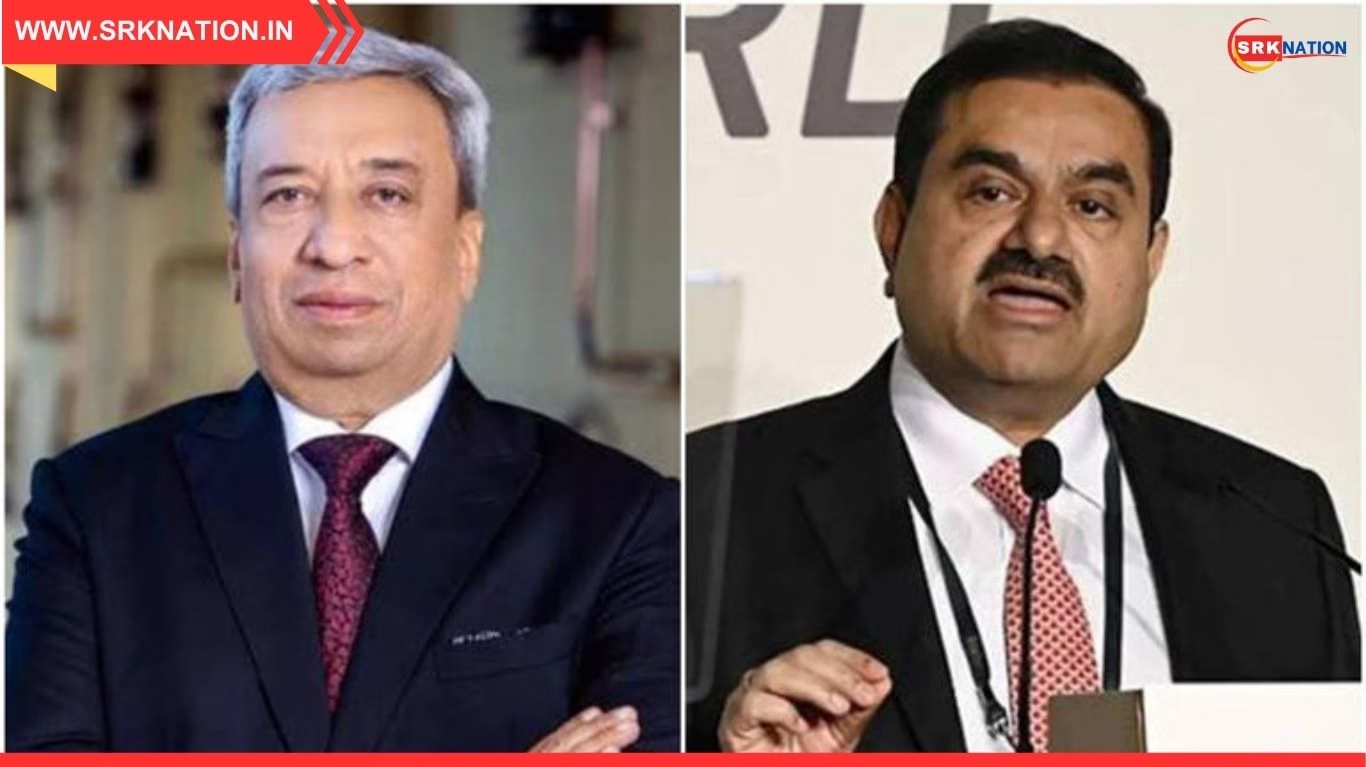India’s paint industry, once a beacon of post-pandemic recovery, is now navigating a turbulent phase marked by overcapacity, intense competition, and slowing demand growth. According to industry insiders, the sector is witnessing a mismatch between production expansion and actual market consumption, raising concerns over profitability, pricing discipline, and long-term sustainability.
📌 Key Highlights
| Indicator | Status (2025) |
|---|---|
| Demand Growth Rate | 6–7% YoY (down from 10–12% pre-2023) |
| Capacity Expansion | 20%+ increase in organized sector capacity |
| New Entrants | Birla Opus, JSW Paints, Grasim Industries |
| Market Structure | Oligopolistic; Top 5 players hold ~90% of organized market |
| Sector Outlook | Competitive, margin-sensitive, ripe for consolidation |
🧠 Industry Insight: Demand Slows, Players Multiply
According to Ashok Kumar Gupta, former Managing Director of Shalimar Paints, the Indian paint sector is experiencing a structural imbalance.
“Demand is growing at 6–7% year-on-year, though it was growing at a much larger pace of 10–12% earlier. Only thing is, production and players are growing much faster,” Gupta told a Business News Channel.
The entry of deep-pocketed players like Birla Opus and JSW Paints, along with aggressive expansion by incumbents, has led to overcrowding and overcapacity, especially in the decorative paints segment.
🔁 Demand vs Capacity: A Growing Gap
| Metric | FY22–FY23 | FY24–FY25 (Est.) |
|---|---|---|
| Demand Growth | 10–12% | 6–7% |
| Capacity Expansion | ~10% | 20%+ |
| New Entrants | 2–3 major players | 3–5 new players |
| Market Share of Top 5 | ~90% (organized sector) | Likely to decline slightly |
🏭 Consolidation on the Horizon
The recent ₹9,403 crore merger between JSW Paints and Akzo Nobel India is a clear signal of strategic consolidation. While the deal may not immediately disrupt market dynamics, it reflects a broader trend of realignment among players seeking scale and efficiency.
“The industry just gets consolidated into fewer players, that’s it,” said Abhijit Roy, MD & CEO of Berger Paints, adding that pricing remains a sensitive issue in the highly competitive landscape.
📉 Pricing Pressure and Margin Volatility
Despite softening raw material prices—especially crude-linked inputs like solvents and resins—pricing wars remain a concern. New entrants are reportedly offering steep discounts, forcing established players to defend market share at the cost of margins.
| Year | Avg. Raw Material Cost (% of Sales) |
|---|---|
| FY22 | 56% |
| FY23 | 54% |
| FY24 (Est.) | 50–52% |
“We will not go down the path of playing the pricing game to gain market share. Our market share gain is coupled with profitability growth,” Roy emphasized.
🧩 Real Estate and Infrastructure: Demand Anchors
The real estate sector accounts for nearly 70% of India’s paint demand, and its performance remains crucial to the industry’s fortunes. With the government’s push for 30 million affordable homes under PM Awas Yojana and increased infrastructure spending, demand is expected to remain stable but not explosive.
🧠 Expert View: Sector Maturing, Not Shrinking
Analysts believe the paint sector is entering a mature phase, where brand strength, distribution depth, and innovation will determine winners. The days of double-digit growth may be over, but selective expansion and operational efficiency can still deliver healthy returns.
“The sector’s attractiveness has drawn deep-pocketed players, but not all will survive the margin squeeze. Expect shakeouts and strategic exits in the next 2–3 years,” said a Mumbai-based equity analyst.
📊 Competitive Landscape: Key Players and Strategies
| Company | Strategy | Market Share (Est.) |
|---|---|---|
| Asian Paints | Premiumization, rural penetration | 50%+ |
| Berger Paints | Profitable growth, no pricing war | ~18% |
| Kansai Nerolac | Industrial coatings, OEM partnerships | ~10% |
| JSW Paints | Aggressive pricing, pan-India expansion | Emerging |
| Birla Opus | New entrant, capacity-led strategy | Emerging |
⚠️ Disclaimer
This article is for informational purposes only and does not constitute investment or business advice. Readers are encouraged to consult official financial disclosures and industry reports before making decisions.











